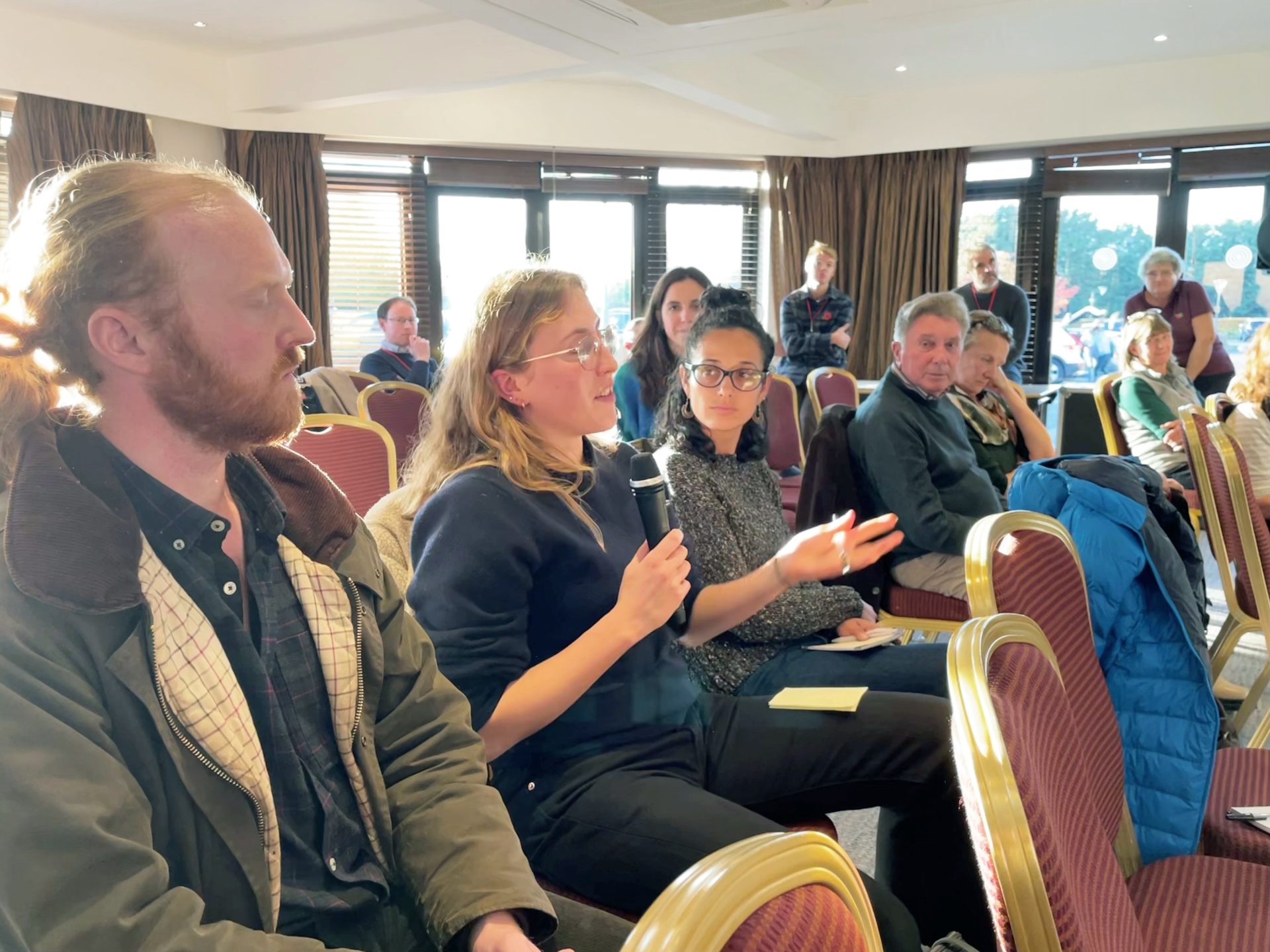With recent changes to housing targets, as of December 2022, it has become even more important to, in the words of Michael Gove, “have the support of local communities” when designing and delivering new projects. How though can we as designers best create places and spaces that communities want and need while building trust that they can be delivered to the desired standard? The answer perhaps does not lie in ‘what’ we design but in ‘how’ we design. This question has been my preoccupation since joining the architectural profession and is something I have explored at university, in my work with JTP and in my time as part of Civic Soup, who focus on “inclusive design, engaging with diverse communities to take interest in and ownership of our built environment”.
I have looked at two recent processes to understand how their contrasting yet similar approaches can each be beneficial:
‘Harrington’ is located in South Oxfordshire near the market town of Thame. The site, which is being promoted through the Local Plan process, is being proposed as a new community in which all market-town amenities will be provided alongside around six thousand homes. The development is ambitious in many ways and promises to dedicate more than 50% of the available land to green space. The master-developer Summix brought JTP, along with its community planning methodologies, into the team to engage with stakeholders and the wider community. Early co-design work encouraging local knowledge and creativity was trusted to bring about the Vision for Harrington.
‘The Never-Ending Gansey’ is a piece of public artwork developed by Civic Soup which reflects the varied lives of young Shetlanders through engagement with five primary schools. This engagement was carried out over two weeks and included two different workshops (‘The Never-Ending Jumper’ and ‘The Never-Ending Story’). The work forms part of LOCUS, a new public art trail around Lerwick town centre, commissioned by Shetland Arts on behalf of Living Lerwick. Four artists – Civic Soup, Joseph Ingleby, Kenny Hunter, and David Lemm – were commissioned to create works reflecting the theme “Where we are / Where we’re going / Where we’ve come from”.
Co-design: Why and How?
The idea of co-design is familiar territory but still does not prevail in the arts and architecture. Often due to budgets, time constraints and mistrust, the lengthy process of involving many parties in the design process is avoided. Co-design is a process in which responsibility is shifted away from those who typically make decisions and shared with those who are directly being affected and who are treated as equal collaborators in the design process. This is where its power lies and is where Harrington and ‘The Never-Ending Gansey’ share a core commonality.
Architects, urban-designers and placemakers are well versed in the design process and creating enjoyable places and spaces. Often though, our designs can suffer from a shortage of local knowledge and input leading to a top-down approach which lacks the support of the community. Co-design challenges this and allows designers to act as facilitators and translators. When paired with the art of listening, co-design has the ability not only to improve the quality of our work, but also its credibility amongst the community.






